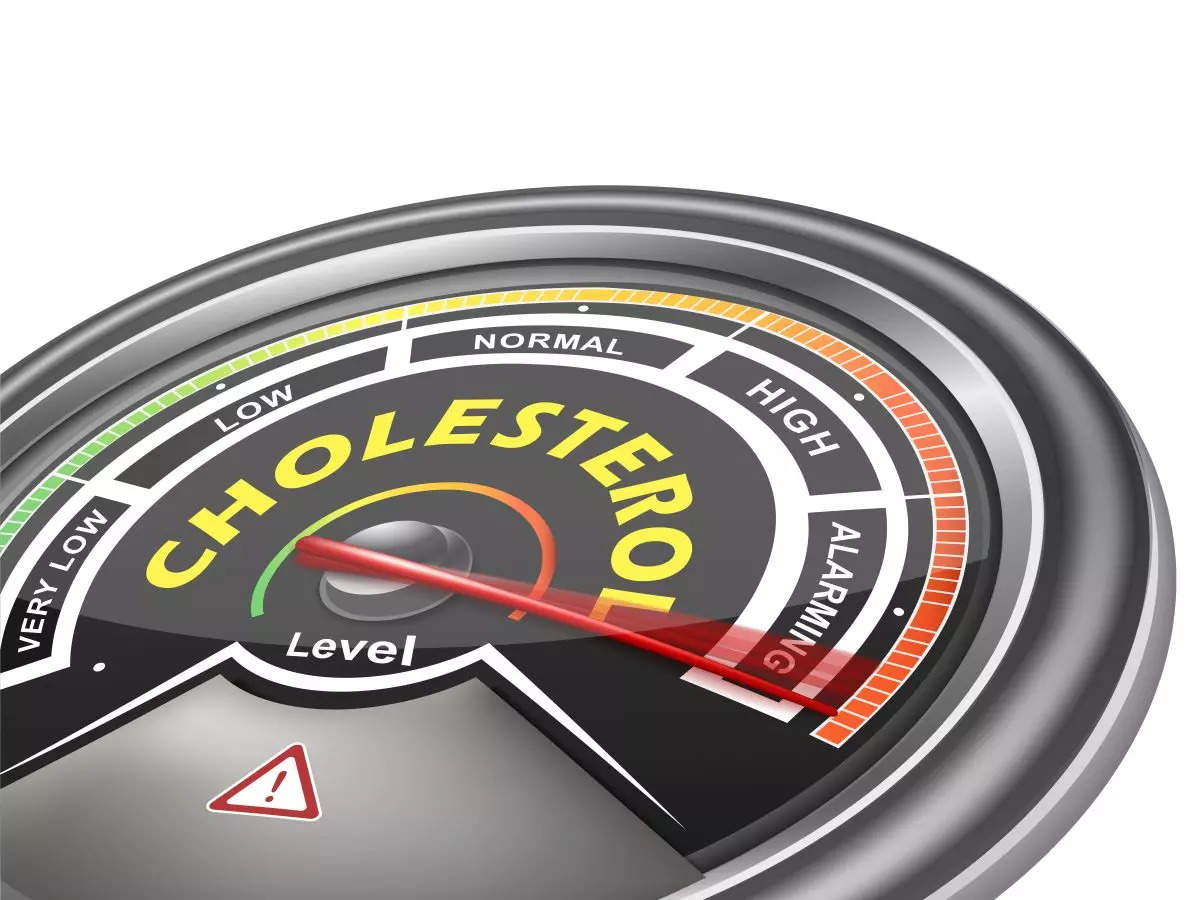Jun 14, 2022
High cholesterol risks
Your cholesterol levels are high when you have too much of a fatty substance called cholesterol in your blood. Your body needs cholesterol to build healthy cells, but high cholesterol can increase chances of developing a heart disease. High cholesterol is mainly caused by eating fatty food, not exercising enough, being overweight, smoking and drinking alcohol. It can also be genetic. High cholesterol does not tend to present symptoms of itself and is therefore, often described as an invisible killer as it paves the way to serious health issues without many obvious signs.
However, a build-up of cholesterol in the arteries can lead to cramping in five areas of the body. This can be symptomatic of peripheral artery disease (PAD), a cholesterol-related health complication.
What is Peripheral Artery Disease (PAD)
Peripheral Artery Disease is a disease in which plaque such as cholesterol builds up in the arteries that carry blood to your head, organs, and limbs. This is a common circulatory problem in which narrowed arteries reduce blood flow to your legs or arms, usually legs, which don't receive enough blood flow to keep up with demand. Common risk factors for PAD include ageing, diabetes and smoking.
Symptoms of high cholesterol in body
According to the University of California San Francisco's Department of Surgery, symptoms of high cholesterol may include cramping in the affected leg(s) and in the buttocks, thighs, calves, and feet. These cramps may ease after resting.
Other signs and symptoms of PAD include weak or absent pulses in the legs or feet and sores or wounds on the toes, feet, or legs that heal slowly, poorly, or not at all. Your skin may develop a pale or bluish colour. You may feel a lower temperature in one leg compared to the other leg. You may experience poor nail growth on the toes and decreased hair growth on the legs. Men who also have diabetes can experience erectile dysfunction.
Despite these symptoms, there are many people who have PAD and don’t have any signs or symptoms of the disease. You should see your doctor if you experience any of these symptoms, especially recurring pain.











